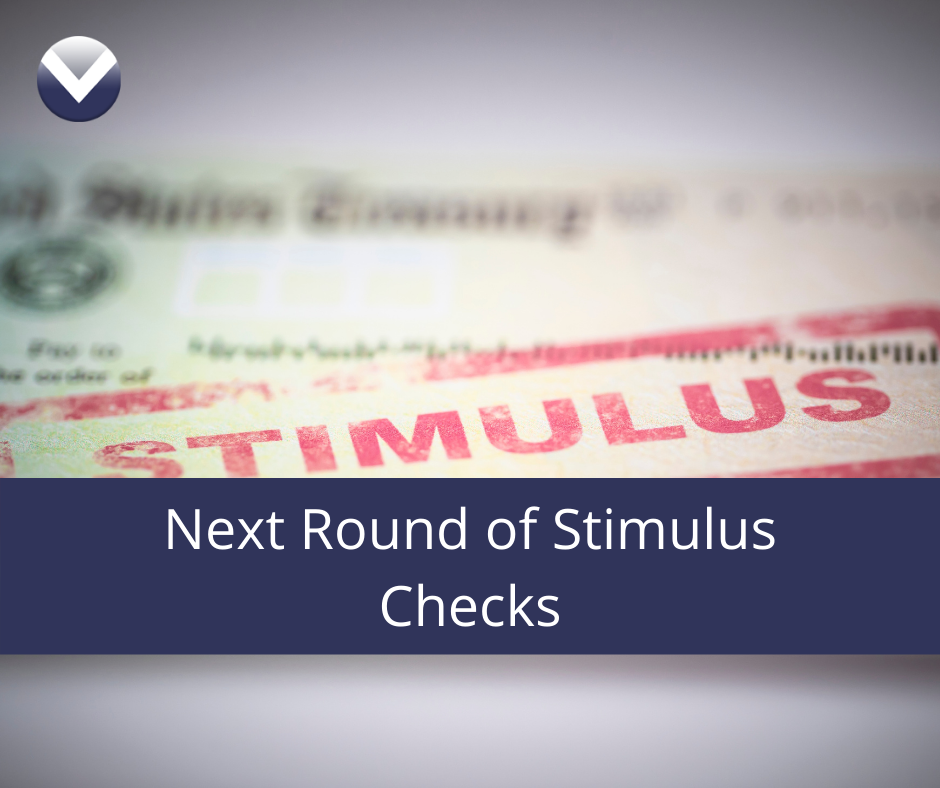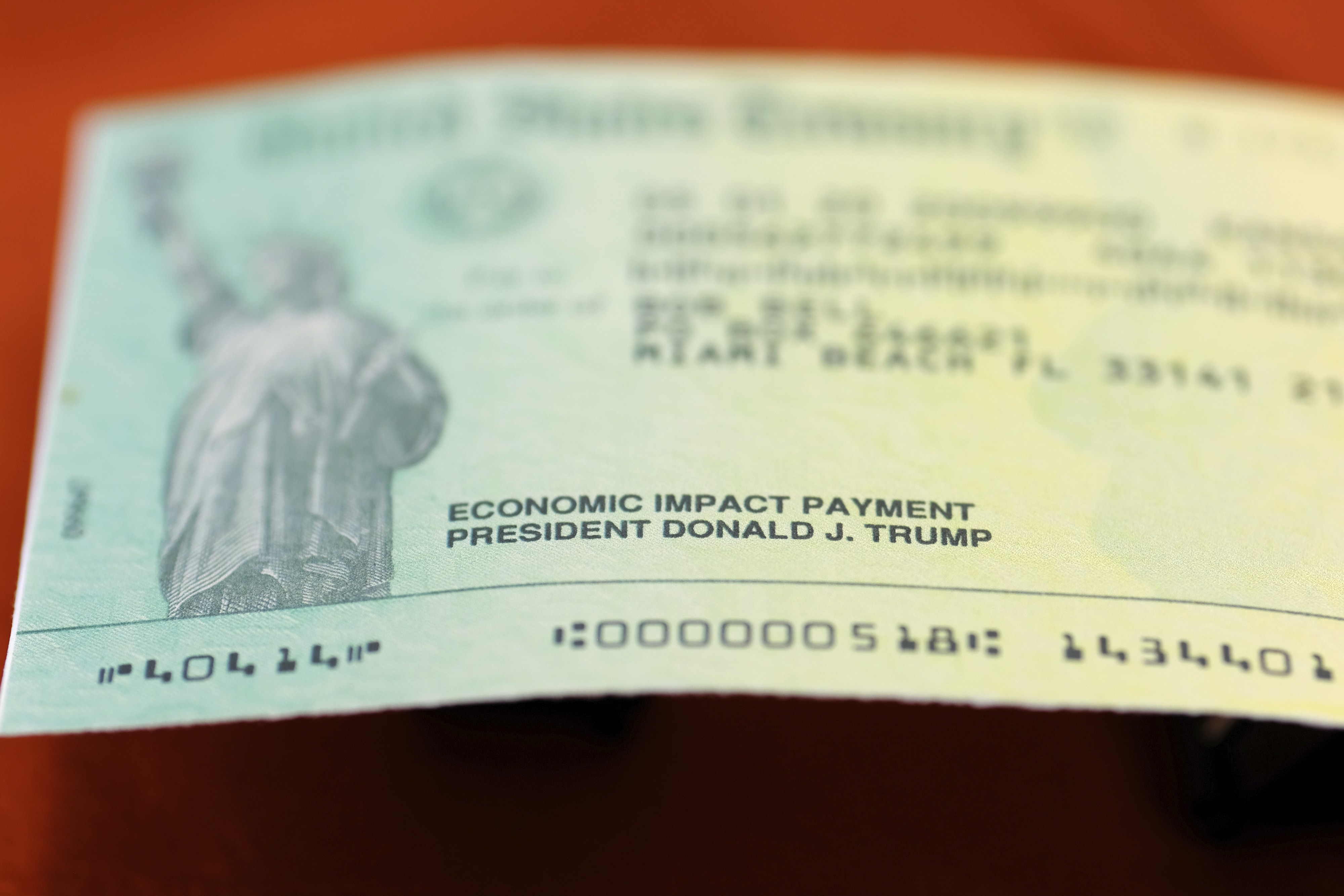
"It can dissuade people around that income range from earning more income this year when looking ahead to their 2021 tax filing," Watson said. Watson said the latest phaseout range isn't ideal tax policy.

Someone might be less willing, for example, to pick up an extra $1,500 or more in income this year if they're already making $75,000 because they'd lose some decent stimulus cash along the way. "This creates an implicit marginal tax at the phaseout range," Watson said. The phaseout begins after that and ends at $160,000.
Recent stimulus check eligibility full#
But it phases out quickly after that and is completely phased out for those earning more than $80,000.Ī full payment of $2,800 goes to a married couple filing a joint federal income tax return earning up to $150,000. The full $1,400 goes to single people earning up to $75,000. The latest program creates a sharp drop-off in the households that will receive payments and in the partial payment amounts, said Garrett Watson, senior policy analyst for the Tax Foundation. As a result, college students age 23 or younger could qualify, or so could elderly parents living with you, according to the measure that passed the Senate on Saturday. As part of the third stimulus, all dependents - regardless of age - qualify for up to an extra $1,400. Under the latest program, additional payments could go to all dependents, not just children 16 and younger. The latest goal is to better target the COVID-19 relief cash to households that may need the money the most, including families that have been unable to receive unemployment or other benefits and have experienced a financial hardship during the pandemic. The third stimulus payment is based on such things as whether you're filing single or married filing a joint return, how many dependents you have, and your adjusted gross income. The Internal Revenue Service will use information, including your income, from your 2019 return to calculate the next Economic Impact Payment, if your 2020 tax return isn't filed and processed by the time the IRS starts issuing the third stimulus payments. How the IRS calculates the third stimulus The Senate approved the $1.9 trillion COVID-19 relief bill Saturday and the House is set to vote Tuesday, paving the way for President Joe Biden to possibly sign the legislation into law this week. The same is true for a married couple who did well in 2020 but might make less than $160,000 in 2021.

Married couples earning $160,000 or more won't get a check.īut there's another option: If a single filer made more than $80,000 in 2020 but ends up making less than that in 2021, the taxpayer could claim an Economic Impact Payment based on their 2021 income when they file a tax return during the tax season next year.

Singles earning $80,000 or more won't get a check. The rules relating to who qualifies and who doesn't based on income changed this round. Roughly 6.5 million households that received money in the past now won't be able to bank on receiving either the full $1,400 payment or even a partial payment when it comes to the latest Economic Impact Payments, according to estimates by the nonprofit, non-partisan Tax Foundation. But here's an early warning: If you don't get a stimulus check this time around, it could be because you're never going to get one. The third - and maybe the last - stimulus payments may indeed start showing up soon. Watch Video: Senate passes $1.9 trillion COVID relief bill, but third stimulus check not in mail yet


 0 kommentar(er)
0 kommentar(er)
